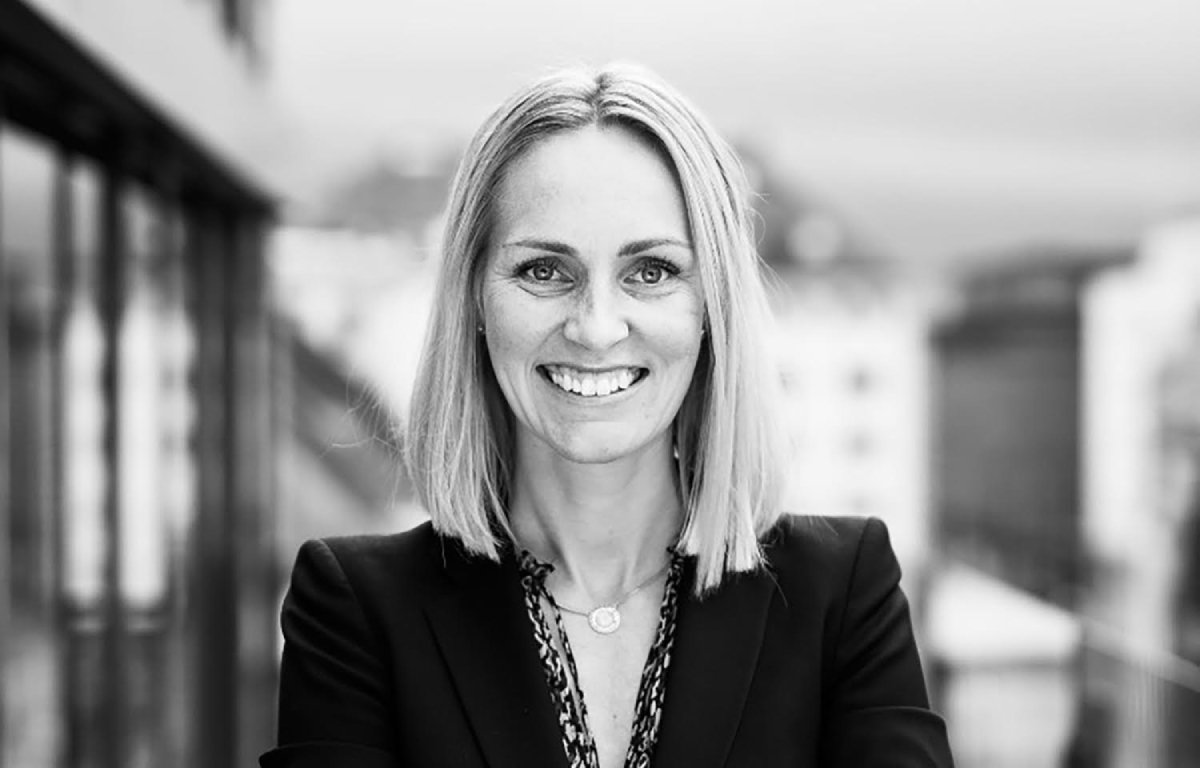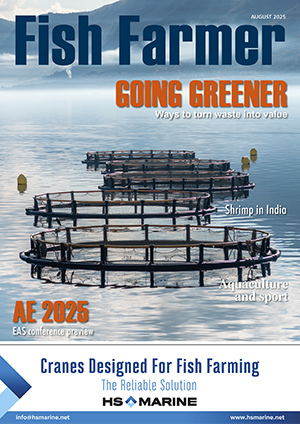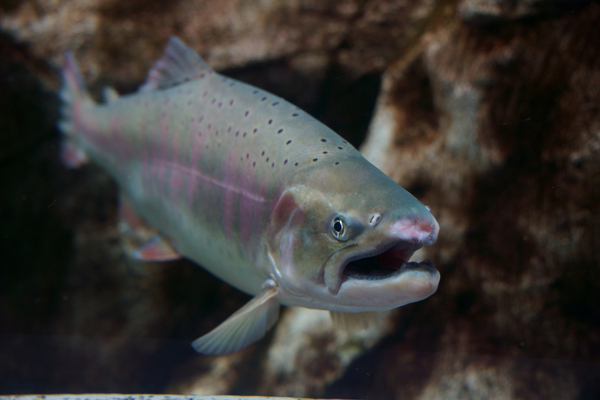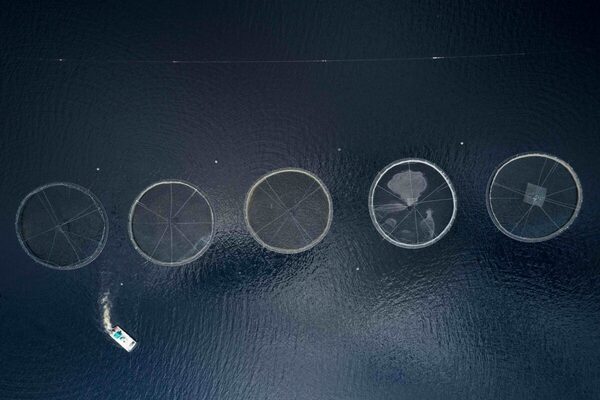Grieg forging path to recovery, says CEO
The salmon farmer Grieg Seafood, which had more than its share of problems last year, has entered 2025 with renewed momentum, its interim CEO has told shareholders.

Nina Grieg, who took over after Andreas Kvame stepped down from the top job a few weeks ago said that while last year was marked by operational and biological challenges in several regions it also laid the foundation for profitable growth.
“I am proud of the way the organization is responding to the uncertainty in North America, our financial transition, and organizational changes,” she said. “I am confident that the transformation agenda now underway is the right path forward.”
She continued: “In Finnmark, we faced a combination of biological setbacks including the remaining fish affected by Spironucleus salmonicida (Spiro) from 2022, winter ulcers, and a significant jellyfish incident in Q4.
“These challenges negatively impacted survival and harvest weights. However, underlying operational performance remains sound, and corrective measures are underway.
“A 3,000-tonne post-smolt facility is under construction, with the first smolt expected to enter in Q1 2026. Our target outcome is to achieve similar positive results from post-smolt as seen in Rogaland.”
In Newfoundland, Grieg recorded strong survival rates (94% in seawater) and good biological results in both freshwater and seawater operations. However, elevated farming cost persisted and will be a key focus area going forward.
The priorities going forward included advancing post-smolt strategy across the group, with Rogaland continuing to refine and capture the proven benefits, and Finnmark completing its new post-smolt facility.
Nina Grieg said that to address the challenges and secure a more robust financial foundation, the company had launched a comprehensive transformation programme.
“Our priority is to reallocate resources from Canada to our Norwegian assets. Despite reducing investments in Canada, we are not jeopardizing our future opportunities in Canada.
“We have also intensified efforts to improve cost efficiency. The cost improvement program launched in 2023 is progressing, with NOK 150 million in targeted fixed cost reductions to be realized by the end of 2025.”
She added: “Additional savings are being explored through 2027. We are implementing the Rogaland operating model across regions, increasing treatment capacity, and advancing our post smolt strategy to build biological resilience. Financially, we took decisive action to improve our balance sheet.”
As for Canada, the company was evaluating how best to secure the future of the business and create value for stakeholders and communities, in which it was keeping all possibilities open.
She declared: “Therefore, we are still actively exploring the possibility of entering into a partnership in Canada - one that can strengthen our position in the region, improve biological performance, and provide the scale."
Why not try these links to see what our Fish Farmer AI can tell you.
(Please note this is an experimental service)




